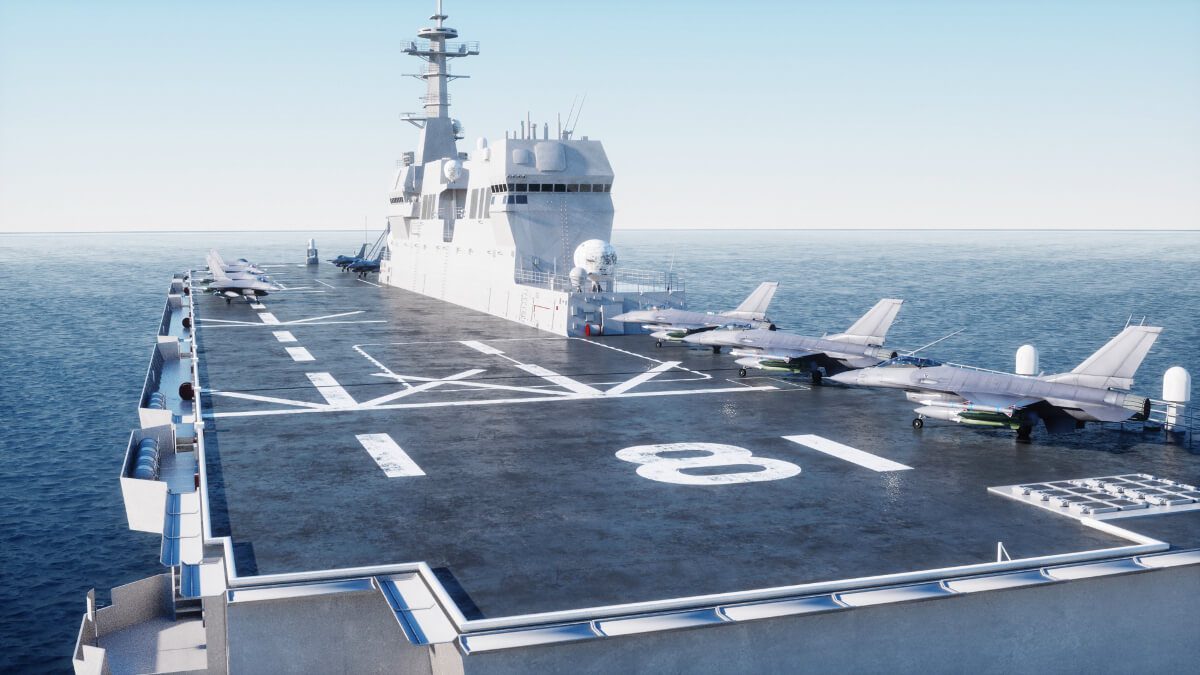The motivations for war between nations, although varied, have remained fairly constant for hundreds of years. However, as the years roll by, the stakes continue to get higher. In addition to non-conventional weapons of mass destruction, various regimes also continue to pile up increasingly destructive conventional weapons. A key reason is that governments perceive a well-equipped military force as being important to form deterrence against threats.
Be that as it may, modernizing the armed forces does not come cheap. So, which factors are driving defense spending in the modern era? What are the opportunity costs of spending so much on war? Can major powers collectively agree to scale down defense spending and channel the resulting savings toward social welfare?
Modern-Day Conflicts – Putting Pieces of the Puzzle Together
“War can really cause no economic boom, at least not directly, since an increase in wealth never does result from destruction of goods.” — Ludwig von Mises
The aforementioned quote by Austrian-American economist Ludwig von Mises is thoughtful and deep. However, it is an ill-fated truth that hunger for power has almost always trumped reason for centuries on end. In many ways, there is nothing new with massive bloodletting over territorial claims, religious beliefs, revolutionary ideologies, etc. The objectives of defense spending have tended to vary across regions. However, in the modern-day paradigm, the world is fast transforming into a very dangerous place as spending on destructive weaponry increases. Specifically, recent times have ratcheted up quite some intrigue, spiced up by the melodrama of key global protagonists. Key figureheads of the present-day drama include US President Donald Trump and North Korea’s dictator, Kim Jong-un.
Not since the post-cold-war era, have so many major powers eyeballed each other and sounded the war rhetoric so aggressively. Quite alarmingly, the threats (and counter-threats) include pre-emptive strikes by nuclear-armed states. In fact, it is interesting to note that some countries, which essentially stood on the same side in World War II, now share little common ground in terms of geopolitical interests. What’s more, even the level of military daredevilry is up a few notches since the past few years. A couple of examples are Russia’s annexation of Crimea in 2014 and India’s claim of ‘surgical strikes’ beyond its Line of Control boundary with Pakistan in 2016. The increased trend of joint exercises or war games among allies also intends to convey the message of war-readiness to enemies. Put all pieces of this puzzle together – a major conflict among global superpowers is a very real threat.
Global Defense Spending Near USD 1.7 Trillion
The amount of money being poured into defense continues to be mind-boggling. Although the global defense spending rose just 0.4% in 2016 compared to 2015, it amounted to a staggering USD 1.68 trillion, according to Stockholm International Peace Research Institute (SIPRI). The US easily outdid others, with defense spending of USD 611 billion (+1.7%), followed by China at USD 215 billion (+5.4%), and Russia at USD 69.2 billion (+5.9%). The worrisome aspect, though, is that the composition of the top five spenders has changed unfavorably since the beginning of the decade. Countries with relatively tranquil neighborhoods, such as the UK and France, have fallen out of the list. Conversely, their replacement in the top five – the Kingdom of Saudi Arabia (KSA) and India – are embroiled in conflicts in their respective regions.
An interesting corollary is a trend of developing nations shelling out big sums to acquire war toys. With rising prosperity, the need for self-reliance in advanced defense technology among nations only gets more intense. No wonder, China has been able to build its own Fifth Generation Fighter Aircraft (FGFA), namely, Chengdu J-20 and Shenyang FC-31. The country has also launched an indigenously-crafted aircraft carrier at the Dalian port recently.
Crude reality: Slippery slope for defense spending by oil-based economies
Given the low oil prices in 2016, oil-revenue dependent nations drastically lowered their defense spending, led by Venezuela (-56%), South Sudan (-54%), Azerbaijan and Iraq (-36%, each). Meanwhile, KSA’s presence in the list of top five defense spenders may appear surprising, given the fact that it slashed military spending by approximately 30% to USD 63.7 billion. The Kingdom’s sharply lowered spending was attributable to its increased focus on austerity. Low oil prices have affected KSA’s economy, as evident from its huge USD 79 billion budget deficit in 2016. Also, its ability to push more aggressively into neighboring Yemen and stop the march of Houthi rebels, was severely crimped.
The Case for Showcasing Military Might
Arguably, the best way to wage a war against a strong rival is to avoid one. In line with this theory, powerful regimes always aim to deter adversaries by regularly demonstrating military capabilities (weapons & strategy). An effective way to demonstrate military might is the operational use of yet-unexposed hardware in less-risky alternative theaters of combat. Lockheed’s oddly-shaped, radar-evading black bird, F117 Nighthawk during the Gulf War is a case in point. Furthermore, damage impact assessment of breakthrough war systems in a live battlefield can be relatively safe. Even more so, when the adversary possesses limited counter-fire abilities. Moreover, what better canvas to tout cutting-edge military hardware to allies than a live battlefield? Besides, armed conflict also provides an opportunity to exhaust aging ordnance inventories.
Measuring the Costs of Defense on the Social Scale
The geopolitical game of one-upmanship between rival states often deteriorates into a seemingly unending arms race. Worryingly, with each passing decade, the weapons have continued to get more destructive and expensive. Consequently, what exactly constitutes ‘conventional’ in terms of war technology, is constantly under a cloud.
On April 13, 2017, the US targeted Islamic State (ISIS) terrorists in Afghanistan using a large-yield bomb. This weapon of doom, called the GBU-43/B Massive Ordnance Air Blast (MOAB), weighs a massive 9,800 kg. However, the world knows it by the more fearsome extension of its acronym: ‘Mother Of All Bombs’. In order to hand-deliver this heavy-duty parcel of death (estimated cost: USD 170,000 per unit in 2000), Lockheed’s gigantic C-130 Hercules transport aircraft was pressed into service. Just a week prior, US ships stationed offshore the already blood-soaked land of Syria blasted 59 low-flying Tomahawk cruise missiles (estimated cost: USD 1-1.6 million per missile). The missiles targeted an air force base allegedly used by Syrian forces for launching a chemical attack on civilians.
Although some people have welcomed these decisive actions, others have been severely critical. The critics have questioned the wisdom of placing costly weapons at the altar of social welfare. In fact, a 2016 report by SIPRI argues that pruning the annual global military expenditure by just 10% would be sufficient to meet the United Nations’ goal of eliminating poverty and hunger by 2030.
Below, we have compiled a snapshot of the global top five listed companies in the defense space:
Defense Spending: No Looking Back
Unlike various regimes in previous centuries, war capabilities in the modern era are significantly less concentrated across nations. The clash over geopolitical interests continues to support defense spending across the globe. Governments view a strong military as a critical component of its strategic goal of protecting the nation’s economic interests. Accordingly, it is unlikely that there will be a significant contraction in global defense spending, even if it means sacrificing the social welfare agenda.
Within the defense space, we have also covered Armored Vehicles in the form of a White Paper.









